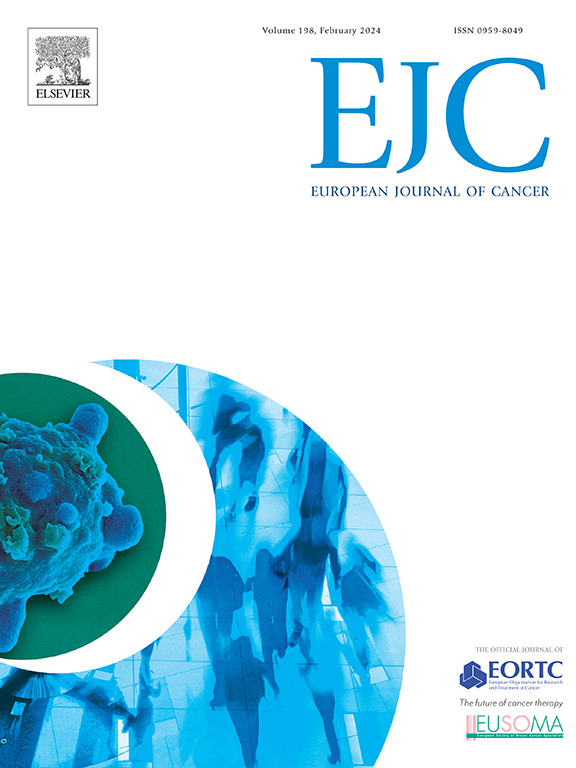Validation of the 9th Tumor, Node, and Metastasis Staging System for Patients with Surgically Resected Non-Small Cell Lung Cancer
IF 7.6
1区 医学
Q1 ONCOLOGY
引用次数: 0
Abstract
Introduction
The ninth edition of the tumor, node, and metastasis (TNM) classification system was recently published by the International Association for the Study of Lung Cancer staging project. This study aimed to validate the ninth edition of the TNM staging system, and compare its discrimination power with that of the eighth edition.
Methods
Patients who had undergone complete resection with systematic lymph node dissection for non-small cell lung cancer (NSCLC) were included in this retrospective analysis. Significant differences among adjacent TNM stage groupings were identified using a Cox regression model. The concordance index (C-index), Akaike Information Criterion (AIC), and R2 were calculated to assess the discriminatory power of the two classification systems.
Results
A total of 7429 patients (4325 male; interquartile range, 57–70 years) were analyzed. The median follow-up duration was 50.4 months (interquartile range, 18–69 months). Survival curves within adjacent stage groupings created according to the ninth edition exhibited significant differences for all groups when divided according to the clinical or pathological stage. Compared with that of the eighth edition, the ninth edition demonstrated an improved discriminatory ability, as evidenced by a higher C-index (0.769 vs. 0.767), lower AIC (26,820 vs. 26,851), and higher R2 (0.164 vs. 0.160) values.
Conclusions
Compared to the eighth edition of the TNM staging system, the ninth edition demonstrated improved prognostic accuracy and superior discriminatory ability for clinical and pathological stages.
手术切除的非小细胞肺癌患者第九种肿瘤、淋巴结和转移分期系统的验证
国际肺癌分期研究协会(International Association for the Study of Lung Cancer分期project)最近发布了第九版的肿瘤、淋巴结和转移(TNM)分类系统。本研究旨在验证第九版TNM分期系统,并比较其与第八版的鉴别能力。方法回顾性分析非小细胞肺癌(NSCLC)患者行系统淋巴结清扫全切除术的病例。使用Cox回归模型确定相邻TNM分期分组之间的显著差异。计算一致性指数(C-index)、赤池信息准则(Akaike Information Criterion, AIC)和R2来评估两种分类系统的区分能力。结果共7429例患者,其中男性4325例;四分位数范围(57-70岁)。中位随访时间为50.4个月(四分位数间距为18-69个月)。根据第九版建立的相邻分期分组内的生存曲线,根据临床或病理分期进行划分时,各组之间存在显著差异。与第8版相比,第9版的区分能力有所提高,c指数更高(0.769比0.767),AIC更低(26,820比26,851),R2更高(0.164比0.160)。结论与第八版TNM分期系统相比,第九版在临床和病理分期方面表现出更高的预后准确性和更好的区分能力。
本文章由计算机程序翻译,如有差异,请以英文原文为准。
求助全文
约1分钟内获得全文
求助全文
来源期刊

European Journal of Cancer
医学-肿瘤学
CiteScore
11.50
自引率
4.80%
发文量
953
审稿时长
23 days
期刊介绍:
The European Journal of Cancer (EJC) serves as a comprehensive platform integrating preclinical, digital, translational, and clinical research across the spectrum of cancer. From epidemiology, carcinogenesis, and biology to groundbreaking innovations in cancer treatment and patient care, the journal covers a wide array of topics. We publish original research, reviews, previews, editorial comments, and correspondence, fostering dialogue and advancement in the fight against cancer. Join us in our mission to drive progress and improve outcomes in cancer research and patient care.
 求助内容:
求助内容: 应助结果提醒方式:
应助结果提醒方式:


